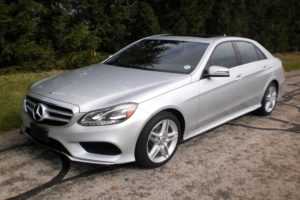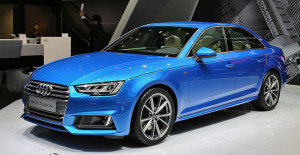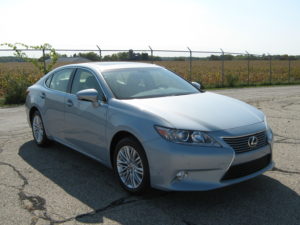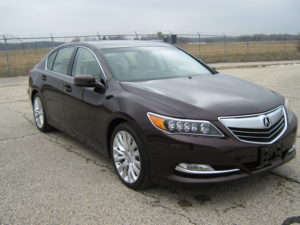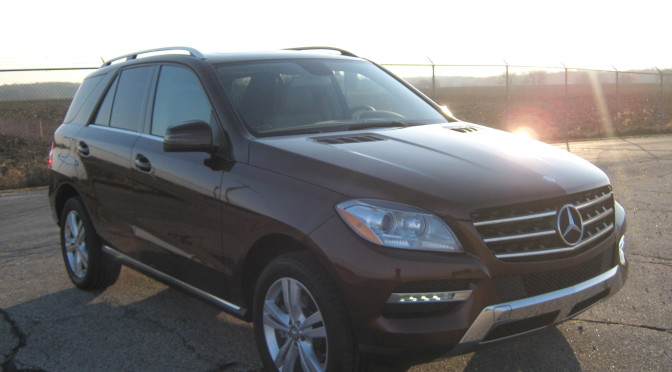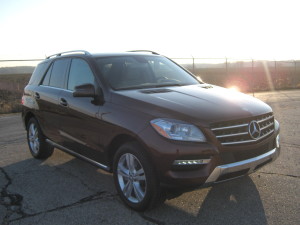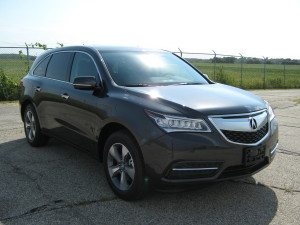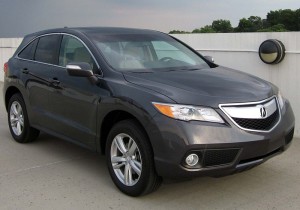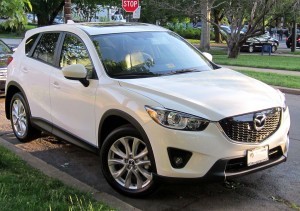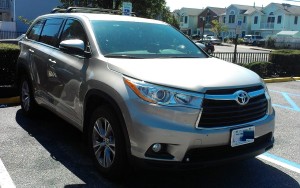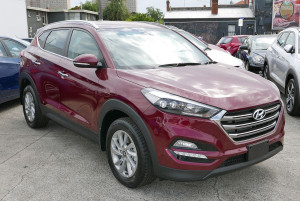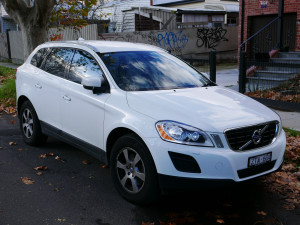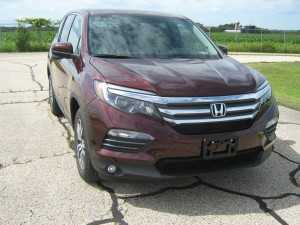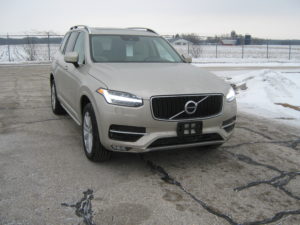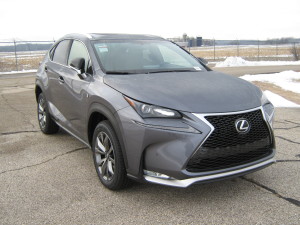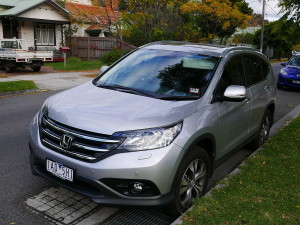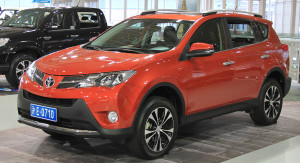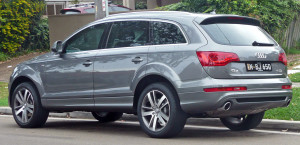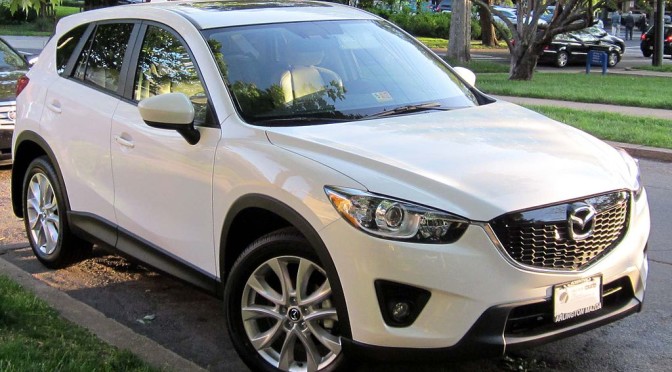I’ve spent the better part of a decade advocating for changes in our driving culture, but I still don’t like writing about car crashes or the pain they being families. With few exceptions, I know none of these people personally, but there are many who do. Each casualty is an entire world lost to someone. I hope to keep writing until our roads are so safe I have no more deaths to profile. Each story is a tragedy, and if we learn anything from it to reduce the likelihood of a future needless death, then something good will have come from each passing.
What happened to the Machado family?
Today’s tragedy involves the Machado family. The crash occurred on April 20, 2019. The family headed south on US 41 in North Fort Meyers, Florida in a 2000Jeep Wrangler driven by Jesus, 36. For whatever reason, he hit the median curb, triggering a rollover. The Jeep rolled several times before coming to a rest. Jesus was immediately thrown from the vehicle and died at the scene. Keli suffered severe injuries and died in the hospital six days after the crash. Their five year old daughter, Khaleesi, was hospitalized in critical condition while their two sons, Anthony, 11, and Vincent, 8, survived with minor injuries.
How could these casualties have been prevented?
While it’s impossible to know the full truth of what happened that night, there are a number of inferences we can draw to help us understand why two members of the family passed away, why one was severely injured, and why two survived with minor injuries.
While relatives have speculated that Jesus drove into the median because the Jeep was hit by another vehicle that fled the scene, no witnesses or evidence have corroborated this idea. Statistically speaking, given the fact that half of all vehicular fatalities are single vehicle crashes and there is no proof of intervention by another vehicle, the most likely cause of the crash is driver error. He might have been talking to his wife, checking his phone, or simply falling asleep, given the time of the crash. Whatever the reason, he hit the curb and the vehicle either rolled as a result of the impact our due to his attempts to correct its trajectory. Once the rollover began, the fate of each occupant depended wholly on decisions made hours, months, or even years ago.
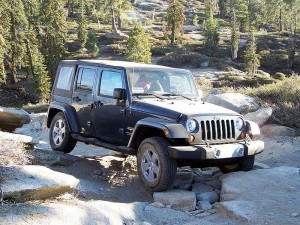
The Jeep Wrangler is one of the least safe vehicles you can have the misfortune of occupying during a rollover as it does not have a roof designed to support its weight. The Wrangler has a cloth top, which is why it doesn’t have a roof score by the IIHS (a “good” score means the roof is capable of supporting four times the weight of the vehicle). The fact that it doesn’t have *any* score means it doesn’t even have to abide by the NHTSA’s regulations for passenger vehicles (those weighing under roughly 6,500 lbs) stipulating an ability to support at least 1.5 times the weight of the vehicle. To put it simply, the Wrangler is treated as a convertible when it comes to rollover safety, and when you’re in a convertible, you’re as good as dead in a rollover. Keep this in mind the next time you think of riding in, driving, or buying a Jeep Wrangler.
An unbuckled occupant is a death sentence in a crash
Jesus was ejected from the vehicle. He was the only occupant who left the vehicle during the rollover. We know from reports that he was unbuckled, which is a death sentence in any crash above school zone speeds and in a rollover at nearly any speed. It’s very, very difficult to be ejected from a vehicle in a crash if you’re a buckled occupant, especially if the adjacent door does not open before the vehicle comes to rest.
Keli’s severe injuries likely occurred from one of three factors: the possibility that she was unbuckled, her husband, or the vehicle in which she was an occupant. The first scenario is the most likely: if her husband’s death was assured by being unbuckled, hers would have been as well. The second scenario is the most morbid; it’s highly possible her husband, who would have been the equivalent of a 250 lb projectile launched at her at 50 mph, could have mortally injured her by hitting her in one of a thousand different ways while he was propelled around the front part of the vehicle due to his unbuckled status. This alone would easily have been enough to kill her. Finally, it’s possible that the roof on the Jeep (which, as you remember from above, was not designed to support the weight of the vehicle at rest, never mind from a drop or during a high speed rollover), caved in toward the front of the vehicle if he initial impacts during the rollover occurred there, reducing her survival space and causing significant head trauma.
We don’t know what happened to her. But the odds were against her due to her proximity to her unbuckled husband. We also don’t know if she was buckled. If she was not, that was its own death sentence, regardless of her husband’s presence. However, given the fact that “it was unknown” if she were buckled while it was clearly known that her husband was not and that her boys were, it is highly likely she was unbuckled.
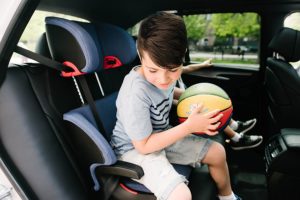
Khaleesi’s injuries could have occurred due to compromization of survival space due to a roof cave in, but I suspect they are most likely to have occurred due to improper restraint. Specifically, she most likely was not wearing a seat belt.This is particularly likely to be the case when you consider the fact that there are only four seats in a 2-door Jeep Cherokee, and two of them in the back were occupied by her brothers, who were buckled.
That said, let’s take a look at best practices for children her age. The safest position for a 5-year old child (e.g., a kindergartner) is a rear-facing harnessed seat. Indeed, this is the safest position for adults and children of all ages. However, virtually no 5-year-olds rear-face in the United States (you’d have to go to Sweden to see this in appreciable numbers). The second best position is either forward-facing and harnessed or in a high-back booster if the child is mature enough to sit properly all the time. However, the stats show that most parents aren’t doing any of the above; most parents of 5-year old children are using seat belts. And a child placed in a seat belt before ages 10-12 is at a significantly greater risk of injury than the same child in a booster, regardless of how mature s/he is. Yes, middle schoolers often need booster seats. Pre-teens too.
If the Machados were like most parents, they strapped Khaleesi in, but at that age, a seat belt isn’t enough. And if she’d been boostered but wasn’t sitting properly, the booster was useless. News reports have not indicated whether or not she was restrained. However, again, given that a news report identified the husband as unbuckled, the boys as buckled, and the condition of mother and daughter as unknown, the most likely explanation is that she was unbuckled.
The boys may have escaped with minimal injury simply because they were larger and more capable of sustaining the crash forces while seat belted than Khaleesi. As larger children, they’d have had stronger bones and muscles and would have been more likely to fit their seat belts and not submarine out of them the way a younger child would. However, let’s be blunt:
The boys survived with minimal injuries because they appear to have been the only occupants in the vehicle who were wearing seat belts.
We know they were restrained from reports. We know their sister was unrestrained because there literally were not enough seats for her in the vehicle, never mind enough seat belts. We know their father was unrestrained and we are almost certain that their mother was unrestrained as well.
Seat belts made the lion’s share of the difference in their survival.
The statistics of car crashes don’t paint a portrait of survival
This is speculation. But statistically speaking, these were the most likely configurations of each individual, and combined with the knowledge of the vehicle in which they were traveling and what crash forces do to individuals in such a crash environment, these are the most likely results. Thirty-five thousand people aren’t dying a year in the United States because they’re bad people or because they deserved death. They die because of a lack of knowledge and usage of best practices, whether at the individual or societal level. You need to be restrained safely. You need to drive safely. You need reasonably safe vehicles. And most of all, you need safe infrastructure, which includes a culture of fear and respect toward the fact that our bodies are no match for the equivalent of being pushed out of 5-story buildings with the expectation of survival. These are the forces you’re dealing with in a 50 mph crash. Statistically speaking, you’re not going to make it, and if you do, at least one of your loved ones won’t.
 If you find my information on best practices in car and car seat safety helpful, you can buy my books here or do your shopping through this Amazon link. Canadians can shop here for Canadian purchases. It costs nothing extra to do so, but when you shop through my links, a small portion of your purchase, regardless of what you buy, will go toward the maintenance of The Car Crash Detective.
If you find my information on best practices in car and car seat safety helpful, you can buy my books here or do your shopping through this Amazon link. Canadians can shop here for Canadian purchases. It costs nothing extra to do so, but when you shop through my links, a small portion of your purchase, regardless of what you buy, will go toward the maintenance of The Car Crash Detective.


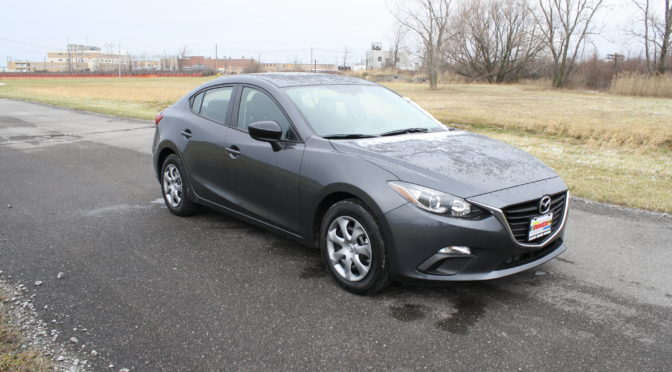
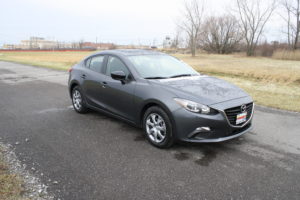
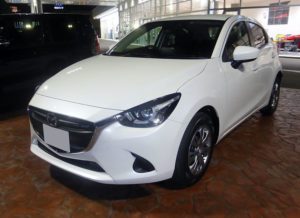 6.22: 2016 Scion iA / Yaris iA / Mazda Demio / Mazda 2
6.22: 2016 Scion iA / Yaris iA / Mazda Demio / Mazda 2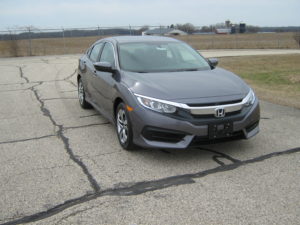

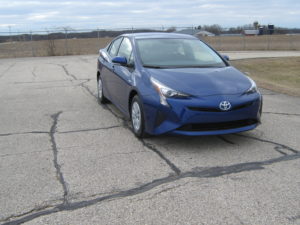
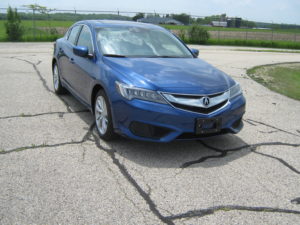
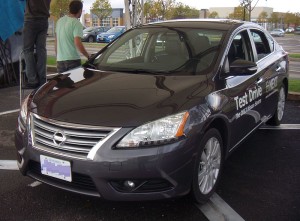 Sentra
Sentra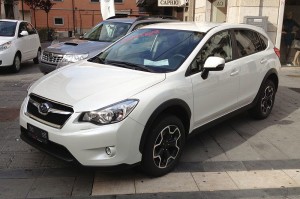
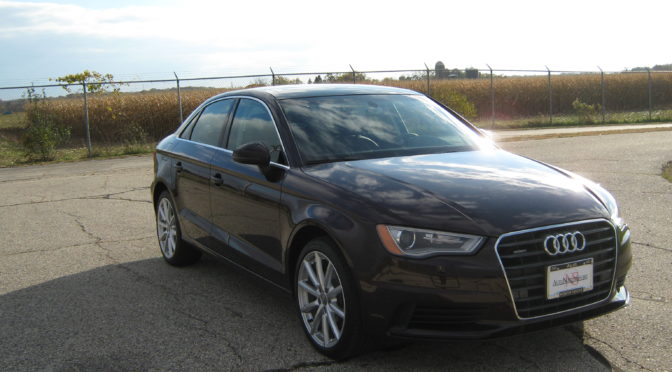

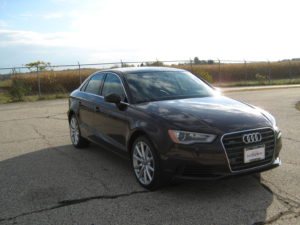 6.20: 2015-2016 Audi A3
6.20: 2015-2016 Audi A3